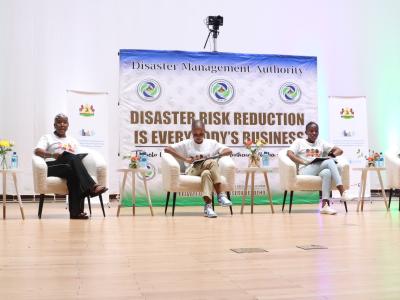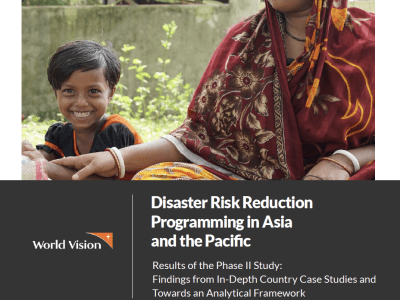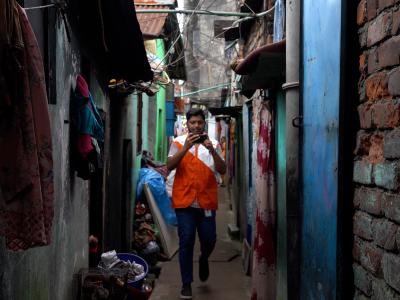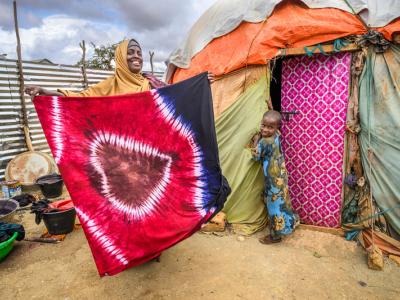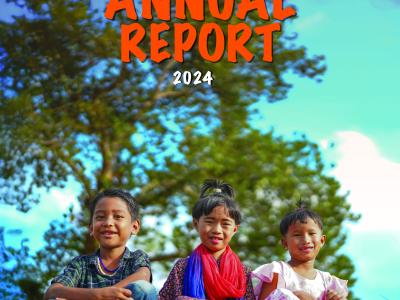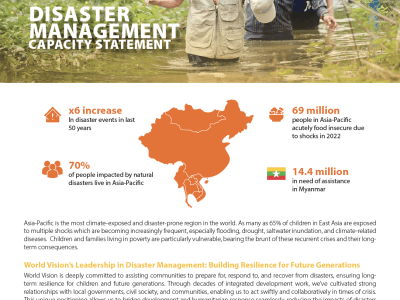article / January 30, 2025
Strengthening Resilience: A Collective Call for Action in Disaster Risk Reduction
World Vision Lesotho’s National Director emphasizes disaster preparedness, resilience, and child protection at the National Dialogue on Disaster Risk Reduction.
publication / January 27, 2025
Phase II Study: Disaster Risk Reduction Programming in Asia and the Pacific
Disaster Risk Reduction Programming in Asia and the Pacific
publication / January 30, 2025
National Dialogue on Disaster Preparedness and Response Capacities in Urban Lesotho
World Vision Lesotho’s National Director calls for stronger disaster preparedness, resilience-building, and collaboration to protect communities from urban disasters.
opinion / February 6, 2025
Dhaka Thrive: Transforming Urban Resilience Through Geospatial Innovation
Rahul Mathew shows how innovative technology approaches mean that informal settlements aren't left out when it comes to urban planning
publication / February 2, 2025
Stories of Change - Ultra Poor Graduation (UPG) Project
Key findings indicate that 68% of the households have graduated from extreme poverty to sustainable livelihoods. Through improved food security, financial stability, and stronger disaster resilience, families are building brighter futures. Discover how the Ultra Poor Graduation (UPG) project, is a 39-month initiative funded by USAID’s Bureau for Humanitarian Assistance (BHA) transformative project is changing lives in Baidoa, Somalia.
publication / January 30, 2025
World Vision Bangladesh Annual Report 2024
Discover how World Vision Bangladesh empowered communities, strengthened systems, and transformed lives in 2024. Read our Annual Report 2024
publication / January 21, 2025
East Asia Capacity Statement | Disaster Management
Asia-Pacific is the most climate-exposed and disaster-prone region in the world. As many as 65% of children in East Asia are exposed to multiple shocks which are becoming increasingly frequent, especially flooding, drought, saltwater inundation, and climate-related diseases. Children and families living in poverty are particularly vulnerable, bearing the brunt of these recurrent crises and their longterm consequences.
